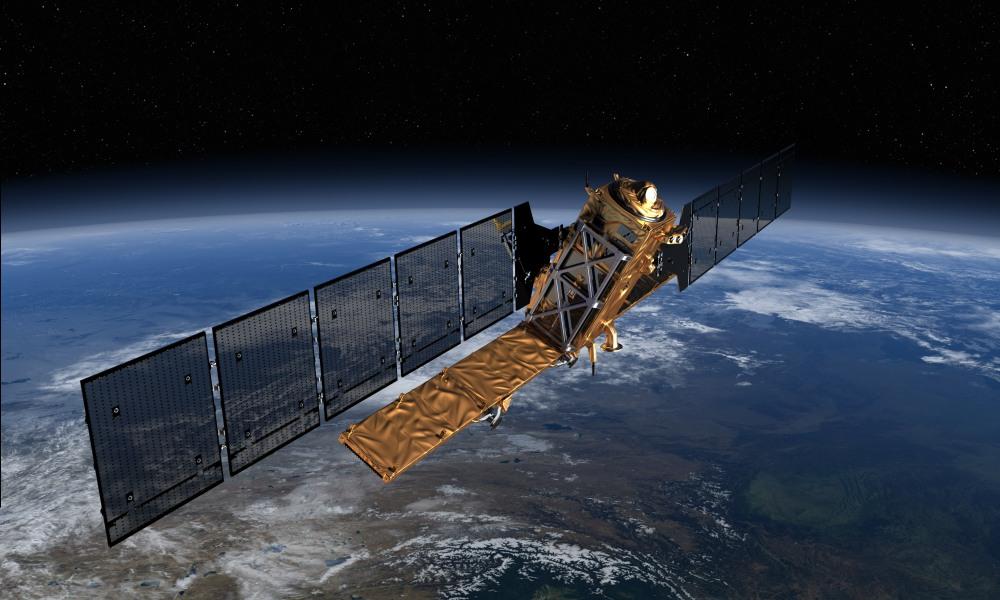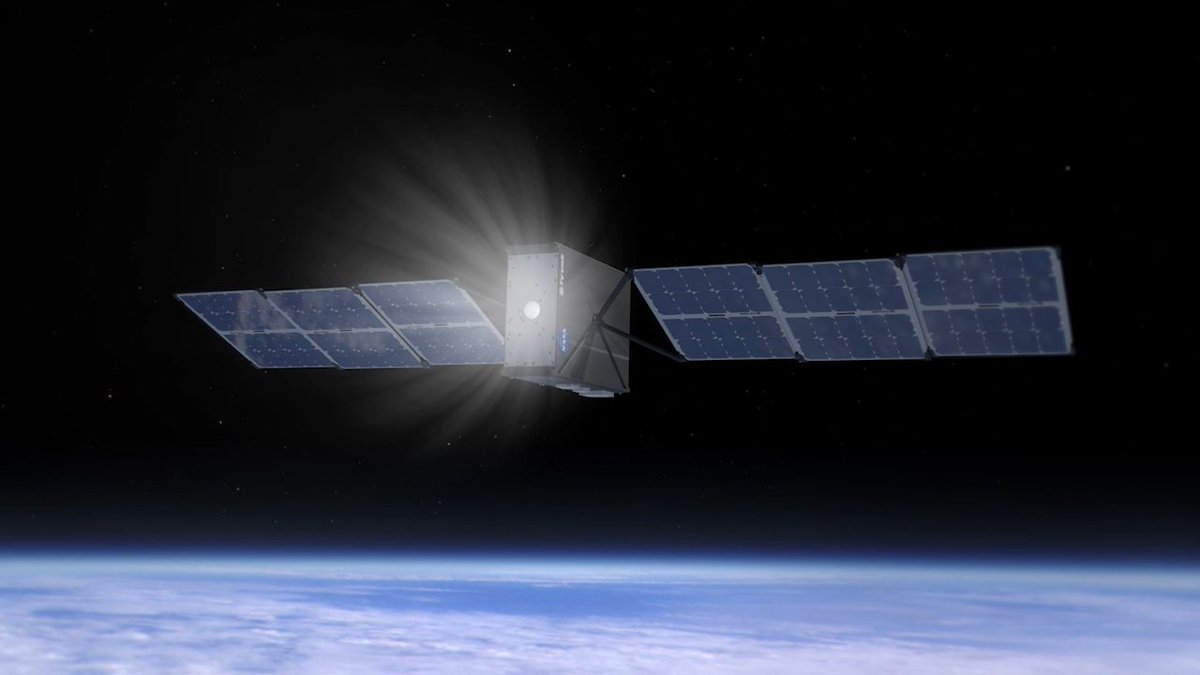In a recent study submitted to Earth and Planetary Astrophysics, an international team of researchers discuss the various mission design options for reaching a hypothetical Planet 9, also known as “Planet X”, which state-of-the-art models currently estimate to possess a semi-major axis of approximately 400 astronomical units (AU). The researchers postulate that sending a spacecraft to Planet 9 could pose scientific benefits much like when NASA’s New Horizons spacecraft visited Pluto in 2015. But does Planet 9 actually exist?
Continue reading “Flying to (Hypothetical) Planet 9: Why visit it, how could we get there, and would it surprise us like Pluto?”A Cubesat Will Test out Water as a Propulsion System
Novel propulsion systems for CubeSats have been on an innovative tear of late. UT has reported on propulsion systems that use everything from solid iodine to the Earth’s own magnetic field as a way of moving a small spacecraft. Now there is a potential solution using a much more mundane material for a propellant – water.
Continue reading “A Cubesat Will Test out Water as a Propulsion System”Impatient? A Spacecraft Could Get to Titan in Only 2 Years Using a Direct Fusion Drive
Fusion power is the technology that is thirty years away, and always will be – according to skeptics at least. Despite its difficult transition into a reliable power source, the nuclear reactions that power the sun have a wide variety of uses in other fields. The most obvious is in weapons, where hydrogen bombs are to this day the most powerful weapons we have ever produced. But there’s another use case that is much less destructive and could prove much more interesting – space drives.
Continue reading “Impatient? A Spacecraft Could Get to Titan in Only 2 Years Using a Direct Fusion Drive”A New Kind of Propulsion System That Doesn’t Need Propellant. It Converts Electricity into Thrust and Vice Versa.

Some of the best things in science are elegant and simple. A new propulsion system being developed in Spain is both those things, and could help solve a growing problem with Earth’s satellites: the proliferation of space junk.
Researchers at Universidad Carlos III de Madrid (UC3M) and the Universidad Politécnica de Madrid (UPM) in Spain are patenting a new kind of propulsion system for orbiting satellites that doesn’t use any propellant or consumables. The system is basically a tether, in the form of an aluminum tape a couple kilometers long and a couple inches wide, that trails out from the satellite. The researchers call it a space tie.
“This is a disruptive technology because it allows one to transform orbital energy into electrical energy and vice versa without using any type of consumable”. – Gonzalo Sánchez Arriaga, UC3M.
The lightweight space tie is rolled up during launch, and once the satellite is in orbit, it’s deployed. Once deployed, the tape can either convert electricity into thrust, or thrust into electricity. The Spanish researchers behind this say that the space-ties will be used in pairs.
The system is based on what is called a “low-work-function” tether. A special coating on the tether has enhanced electron emission properties on receiving sunlight and heat. These special properties allow it to function in two ways. “This is a disruptive technology because it allows one to transform orbital energy into electrical energy and vice versa without using any type of consumable,” said Gonzalo Sánchez Arriaga, Ramón y Cajal researcher at the Bioengineering and Aerospace Engineering Department at UC3M.
As a satellite loses altitude and gets closer to Earth, the tether converts that thrust-caused-by-gravity into electricity for the spacecraft systems to use. When it comes to orbiting facilities like the International Space Station (ISS), this tether system could solve an annoying problem. Every year the ISS has to burn a significant amount of propellant to maintain its orbit. The tether can generate electricity as it moves closer to Earth, and this electricity could replace the propellant. “With a low- work function tether and the energy provided by the solar panel of the ISS, the atmospheric drag could be compensated without the use of propellant”, said Arriaga.
“Unlike current propulsion technologies, the low-work function tether needs no propellant and it uses natural resources from the space environment such as the geomagnetic field, the ionospheric plasma and the solar radiation.” – Gonzalo Sánchez Arriaga, UC3M.
For satellites with ample on-board power, the tether would operate in reverse. It would use electricity to provide thrust to the space craft. This is especially useful to satellites near the end of their operational life. Rather than languish in orbit for a long time as space junk, the derelict satellite could be forced to re-enter Earth’s atmosphere where it would burn up harmlessly.
The space-tie system is based on what’s called Lorentz drag. Lorentz drag is an electrodynamic effect. (Electrodynamics enthusiasts can read all about it here.) I won’t go too deeply into it because I’m not a physicist, but the Spanish researchers suggest that the Lorentz drag can be easily observed by watching a magnet fall through a copper tube. Here’s a video.
Space organizations have shown interest in the low-work-function tether, and the Spanish team is getting the word out to experts in the USA, Japan, and Europe. The next step is the manufacture of prototypes. “The biggest challenge is its manufacturing because the tether should gather very specific optical and electron emission properties,” says Sánchez Arriaga.
The Spanish Ministry of Economy, Industry and Competitiveness has awarded the Spanish team a grant to investigate materials for the system. The team has also submitted a proposal to the European Commission’s Future and Emerging Technologies (FET-Open) consortium for funding. “The FET-OPEN project would be foundational because it considers the manufacturing and characterization of the first low-work-function tether and the development of a deorbit kit based on this technology to be tested on a future space mission. If funded, it would be a stepping stone to the future of low-work-function tethers in space” Sanchez Arriaga concluded.
In this video, Gonzalo Sanchez Arriaga explains how the system works. If you don’t speak Spanish, just turn on subtitles.



